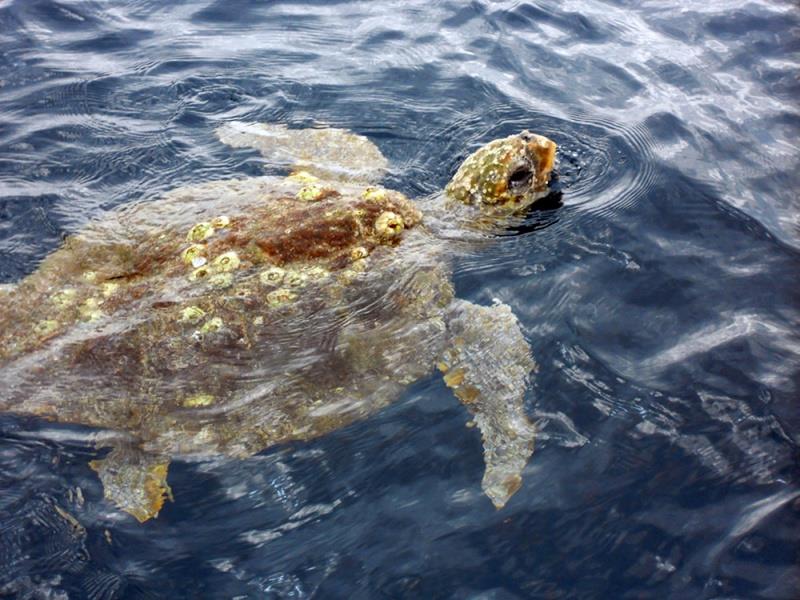
Three ways we are restoring sea turtle populations
by NOAA Fisheries 22 Jun 2019 22:26 UTC

A loggerhead turtle swims in the ocean © NOAA Fisheries
The Deepwater Horizon oil spill injured or killed an estimated 100,000 - 200,000 sea turtles in the Gulf of Mexico. In 2014, federal and state partner agencies agreed to a 10-year early-restoration project to help restore sea turtles. The project is under way and is helping to restore sea turtle populations impacted by the spill.
NOAA is leading three efforts in the Sea Turtle Early Restoration Project.
1. To help respond to sick, injured or dead turtles, we're enhancing the Sea Turtle Stranding and Salvage Network in all five Gulf states. The project is increasing capacity to respond and to understand ongoing threats to sea turtles. We have also increased our capacity to conduct necropsies, especially in the northern Gulf of Mexico. Information gleaned from this effort is helping us to better understand the threats to sea turtles so that we can take measures to reduce those threats. The project also helped improve our capacity to rescue turtles affected by extreme cold temperatures in 2018 in Texas and Florida.
NOAA's also helping reduce sea turtle bycatch in Gulf shrimp fisheries through the project.
2. The early restoration project funded enhancement of the Gear Monitoring Teams in the Gulf. Based out of Pascagoula, Mississippi, two new teams work closely with the states and the fishing industry to provide courtesy inspections of Turtle Excluder Devices to ensure they are properly installed so that sea turtles can escape. The project added four new team members, along with two new trucks and boats to help with inspections and outreach.
3. Another way the project is helping reduce bycatch is by increasing observer coverage in the Gulf of Mexico shrimp trawl fishery. These observers document bycatch of sea turtles and help us to better understand where and when bycatch is occuring. The project has helped add 300 additional days per year of observer coverage in areas and times when sea turtle bycatch information is most needed.